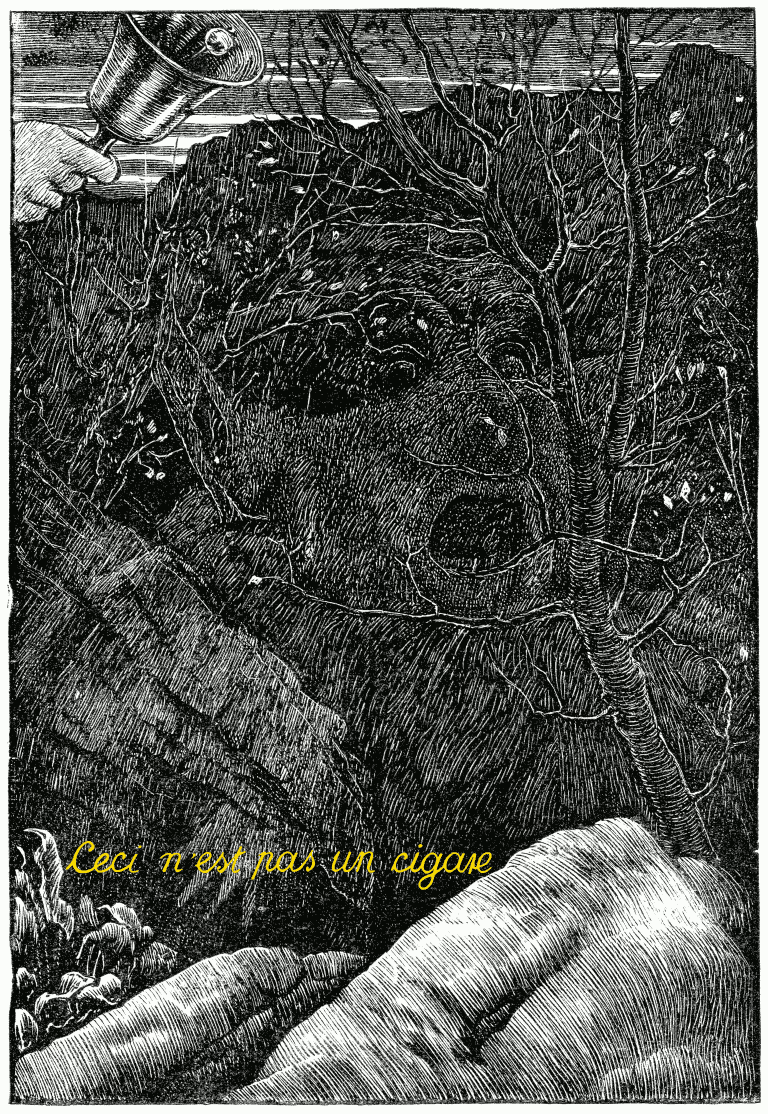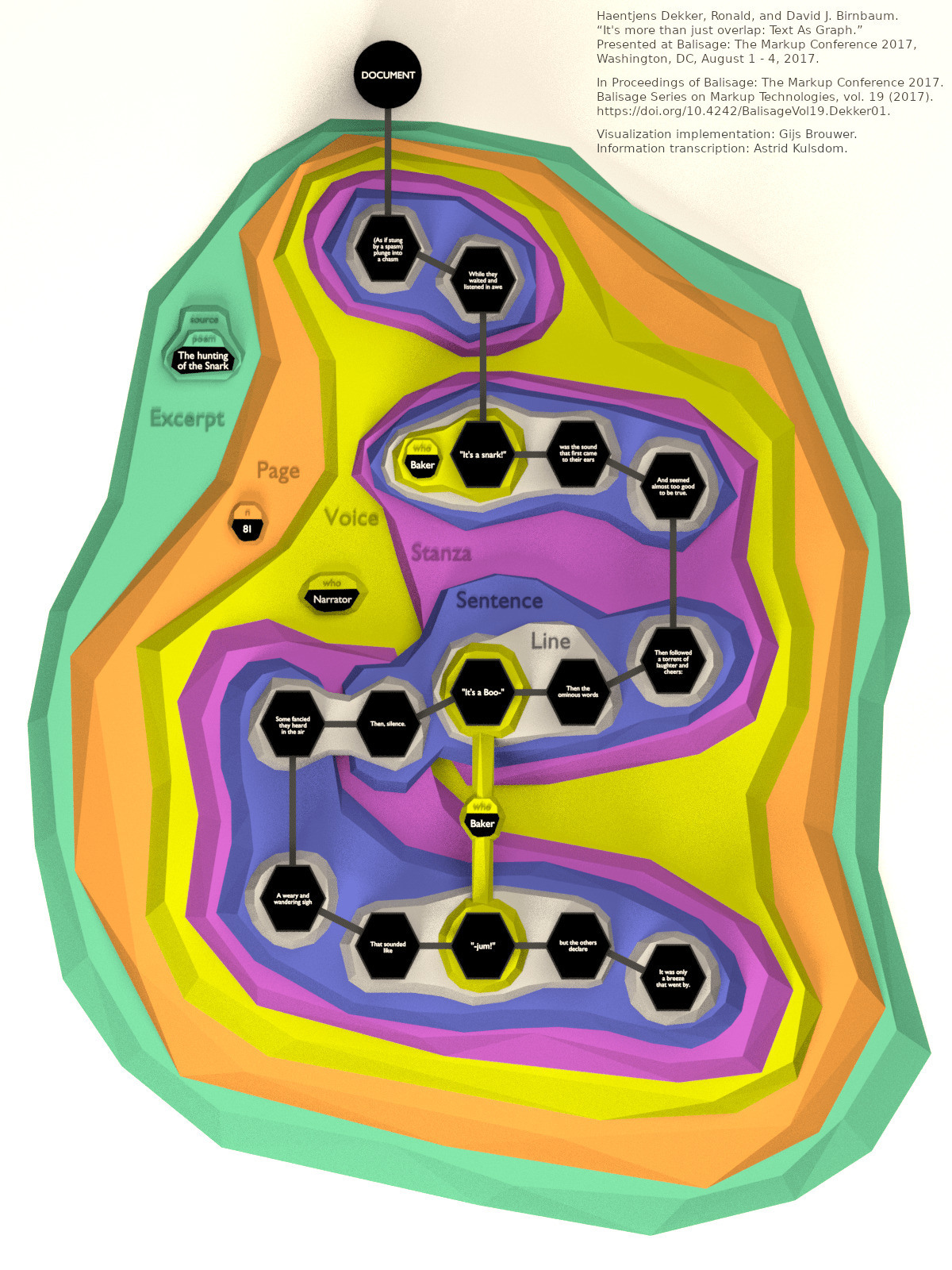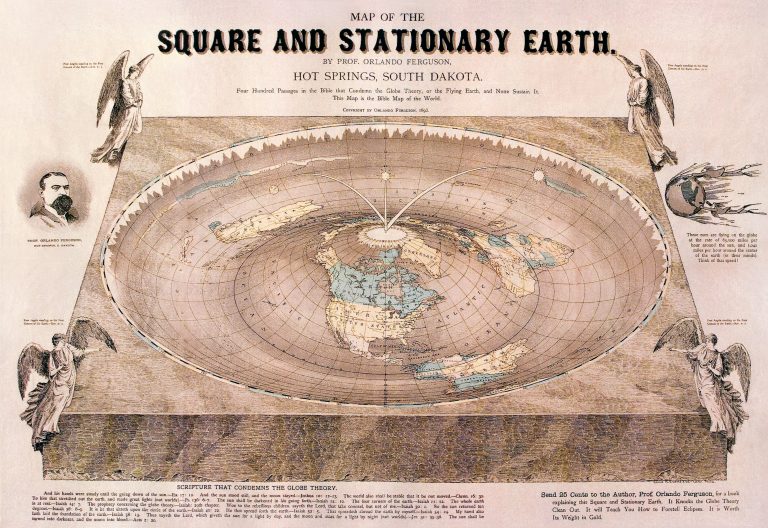![]()
2017-09-19, updated: 2021-10-14
Lewis Carroll, Henry Holiday and Joseph Swain's Tragicomedy
Lewis Carroll needed a clear mind for whatever he wrote. Drugs like laudanum would not have been helpful during writing.
The drug link is a homespun thing. You’ll find it on a host of random forums.
But the experts are usually sceptical. Carroll wasn’t thought to have been a recreational user of opium or laudanum, and the references may say more about the people making them than the author.
“The notion that the surreal aspects of the text are the consequence of drug-fuelled dreams resonates with a culture, particularly perhaps in the 60s, 70s and 80s when LSD was widely-circulated and even now where recreational drugs are commonplace,” says Dr Heather Worthington, Children’s Literature lecturer at Cardiff University.
Source: Is Alice in Wonderland really about drugs?
(by Sophie Robehmed, BBC magazine 2012-08-20)
Let me be perfectly clear here: Lewis Carroll didn’t do recreational drugs. Certainly there were drug references in Alice’s Adventures in Wonderland and these were picked up on by people with interests in that area, particularly in the late sixties. That is not to say that Carroll never took Laudanum for a medical problem on the advice of a doctor. There is NO direct proof (in his letters or his diaries) that he ever took narcotic drugs. You might ask yourself why students insist that he did and why some teachers teach that he did.
- Alice gets linked to the drug culture. No, Lewis Carroll did not use mind altering drugs to increase his creativity. He used his imagination. If you have one, it’s better than drugs. If you don’t, the drugs won’t help you. With apologies to the late Timothy Leary.
- This can’t be true
- A couple of acid blotters
- Chemical Alice the band
- Using Alice to JUST SAY NO
Source: lewiscarroll.org (2002)
2019-12-12, update: 2020-11-29
https://bookbarnbbi.wordpress.com/2017/12/01/pick-of-the-darwin-room/:
[…] When [The Hunting of the Snark] was published in 1876 it was illustrated by Henry Holiday who, though a very talented artist, failed to capture the surreal nature of Carroll’s poem. The illustrations for this edition however, provided by Gormenghast author Mervyn Peake, are the perfect accompaniment. Peake’s drawings have an uneasy bubbling quality, blending with the silly and macabre feel of the words […]

Nothing against Mervyn Peake’s illustrations, but already this illustration (even without the yellow lines and dots which I added) might contain more elements of “surreal nature” than what you find in Mervyn Peake’s illustrations. I like those playful weeds (or animals?) in the lower left corner of Holiday’s illustration.
That’s not the only thing which that corner has to offer.
Another popular path (not) to understand The Hunting of the Snark has been stated more than three times: Some call Carroll’s poem “nonsense”. It isn’t.
Anyway, I don’t think that Holiday failed to convey to us graphically what Carroll meant. The price for his achievement perhaps was that Holiday’s illustrations are less eye pleasing than illustrations like Peake’s.
Holiday’s illustrations are as grotesque as Carroll’s poem.
2018-02-16, updated: 2020-02-01

The image visualizes hypergraph properties of a part (lines 547 to 556) of Lewis Carroll’s The Hunting of the Snark. (I fixed the transposition error “Page 18” in the original image. In the 1st 1876 Snark edition it’s page 81.)
Image source:
Ronald Haentjens Dekker and David J. Birnbaum.
“It’s more than just overlap: Text As Graph.”
Presented at Balisage: The Markup Conference 2017,
Washington, DC, August 1 – 4, 2017.
In Proceedings of Balisage: The Markup Conference 2017.
Balisage Series on Markup Technologies, vol. 19 (2017).
https://doi.org/10.4242/BalisageVol19.Dekker01.
A remark which I received from David J. Birnbaum: Gijs Brouwer implemented the visualization, and Astrid Kulsdom transcribed the information based on the data model inside the application. Gijs’s animated version of the image is available at https://github.com/HuygensING/TAG/blob/master/snark-fly.mp4.
Page 81 visualization | Print/Mobile | EPUB | Twitter | Facebook
 Image source: commons.wikimedia.org
Image source: commons.wikimedia.org
One of my articles in this blog has the title What can Science reveal? This is the quest of the Snark (quoting Philo M. Buck, 1942). I think, that the question what science can reveal is only one among several quests of the Snark. Another quest might be, how science reveals the world and how science can be threatened. Here, flat earth theory is a good example. That theory does not only aim at reverting scientific findings, but also at damaging science itself. I don’t know whether Dodgson/Carroll took any interest in that theory and the related debates, but its history helps me to improve my understanding of popular science debates and businesses in the Victorian society at around the time when Lewis Carrol wrote The Hunting of the Snark.
This week in the New Yorker, Alan Burdick wrote an article about Looking for Life on a Flat Earth, What a burgeoning movement says about science, solace, and how a theory becomes truth (2018-05-30). Very regrettably, Burdick failed to mention Christine Garwood‘s book Flat Earth: The History of an Infamous Idea (2008). That shouldn’t happen in a magazine like the New Yorker. Didn’t Burdick read that excellent book before he wrote his article?
Garwood shows why and how science can be threatened and is being threatened. This includes John Hampden‘s (1819-1891) discrediting of journalists 1870 (p. 76), who probably had quite similar reasons for media bashing as Donald Trump had and openly described them in February 2016. If you want to make a living as influencer, you need to control the presentation of knowledge. To understand that is as important today as it was in the 19th century. It is amazing how similar the 21st century anti-scientific populism is to what happened since “Parallax” started his flat earth business in the Victorian Britain. And he meant business.
As for The Hunting of the Snark, I think that this is the most important finding of my Snark hunt.
Lewis Carroll’s The Hunting of the Snark (1876) has been published “with nine illustrations by Henry Holiday”. But there are ten illustrations. One possible explanation: The Ocean-Chart (aka the Bellman’s map) has been made neither by Henry Holiday nor by Joseph Swain, but by a typesetter.
In the more recent British history, the map has been used by Britain’s contemporary Bellmen before 2016-06-23 to present their understanding of the impact of the Brexit to the rest of the crew. Admittedly, by now the majority of Britains understand the trouble they put themselves into. But as pride and face-saving of course is much more important than something profane like a healthy economy and rational thinking, that map won’t be updated.
2017-09-29